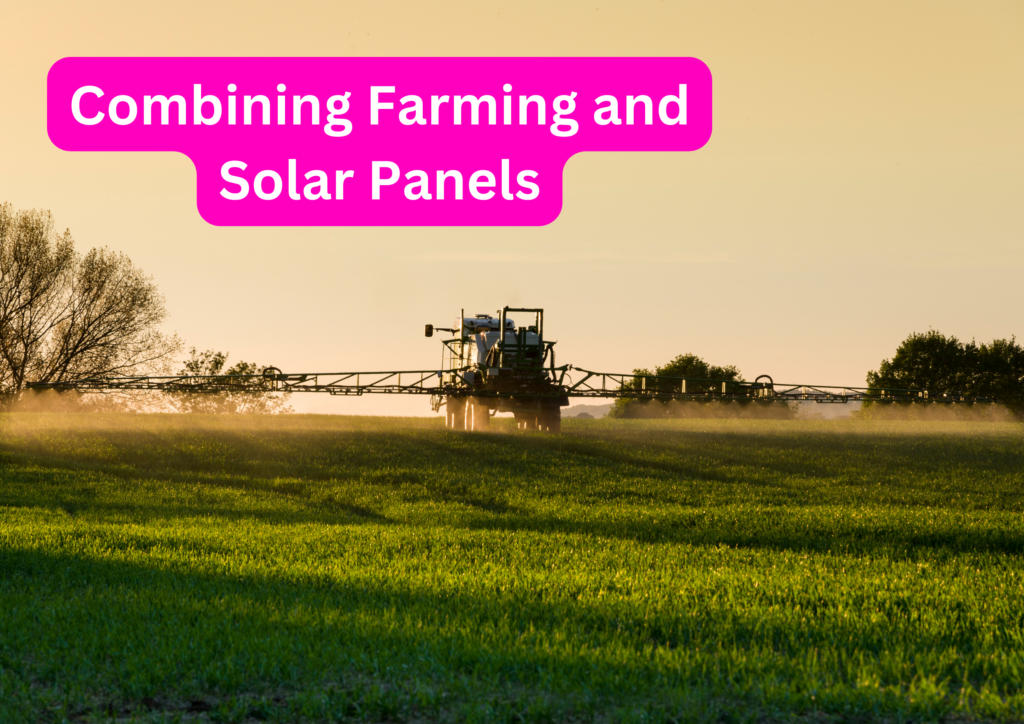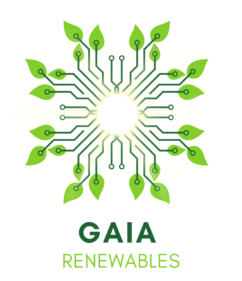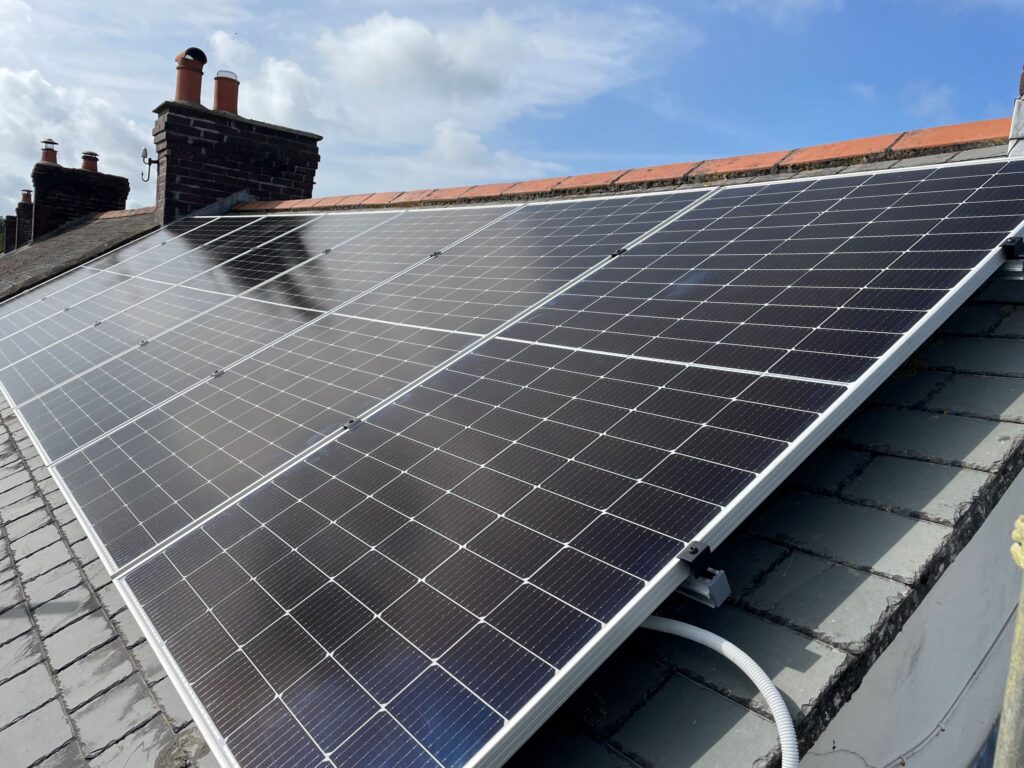
Combining Farming and Solar Panels
The question for a lot of farmers at the moment is whether they should continue planting crops or invest in large-scale solar. Now there might be an opportunity to do both!
Increasingly there has been news coming out about the debate that British farmers are having with themselves on if they should continue cultivating crops or if they should instead use their land for the much lower maintenance, much more consistent, and much more in demand solar PV industry. This has lead to widespread fear, promoted by leading politicians, that UK farming is under threat from the economic headwinds of solar panelling. Indeed, as recently as last month the UK Prime Minister, Rishi Sunak, has announced he will be clamping down on solar farms on agricultural land. But perhaps with new leaps in technology there is an option to do both!
‘Agrivoltaics‘ is the notion of combining solar PV with agriculture, and you might be surprised to read there are lots of innovative ways this can be done and is already happening. You can see solar panels above pear orchards in Belgium, sheep grazing around solar panels in Devon, free-range chickens foraging under solar panels in Georgia, vineyards and solar panels in France, and even beekeeping around solar panel laden wildflower meadows across Europe. But with a recent technological breakthrough from China there might be a way of combining solar PV with large scale crop-based agriculture!
News is just coming out about an agrivoltaic solar panelling system achieving 9.9% efficiency when installed above certain crop cultivations! The findings outlined in ‘Spectral-splitting concentrator agrivoltaics for higher hybrid solar energy conversion efficiency‘ explores a technology whereby the wavelengths of sunlight is allowed to pass through the photovolatics to reach the crops below but the remaining wavelengths are concentrated to generate renewable electricity.
This is an incredibly exciting opportunity for farmers in the UK and most definitely will be a technology we will be keeping our eye on. However, despite the relative community popularity of new solar panelling installations, we shouldn’t overhype the ‘risk’ of large-scale solar PV replacing all our farmland. Ultimately, a bit of factchecking shows, a mere 0.1% of UK land has ground-mounted solar panels on it and to reach ambitious new net-zero targets would only require 0.3% of land (equivalent to 0.5% of the land that is currently used for agriculture).
Nonetheless, it will be exciting to see how this technology will continue to develop. If you want to find out how you could get your own solar panels then get in touch with the Gaia Renewables team and we would love to help.


